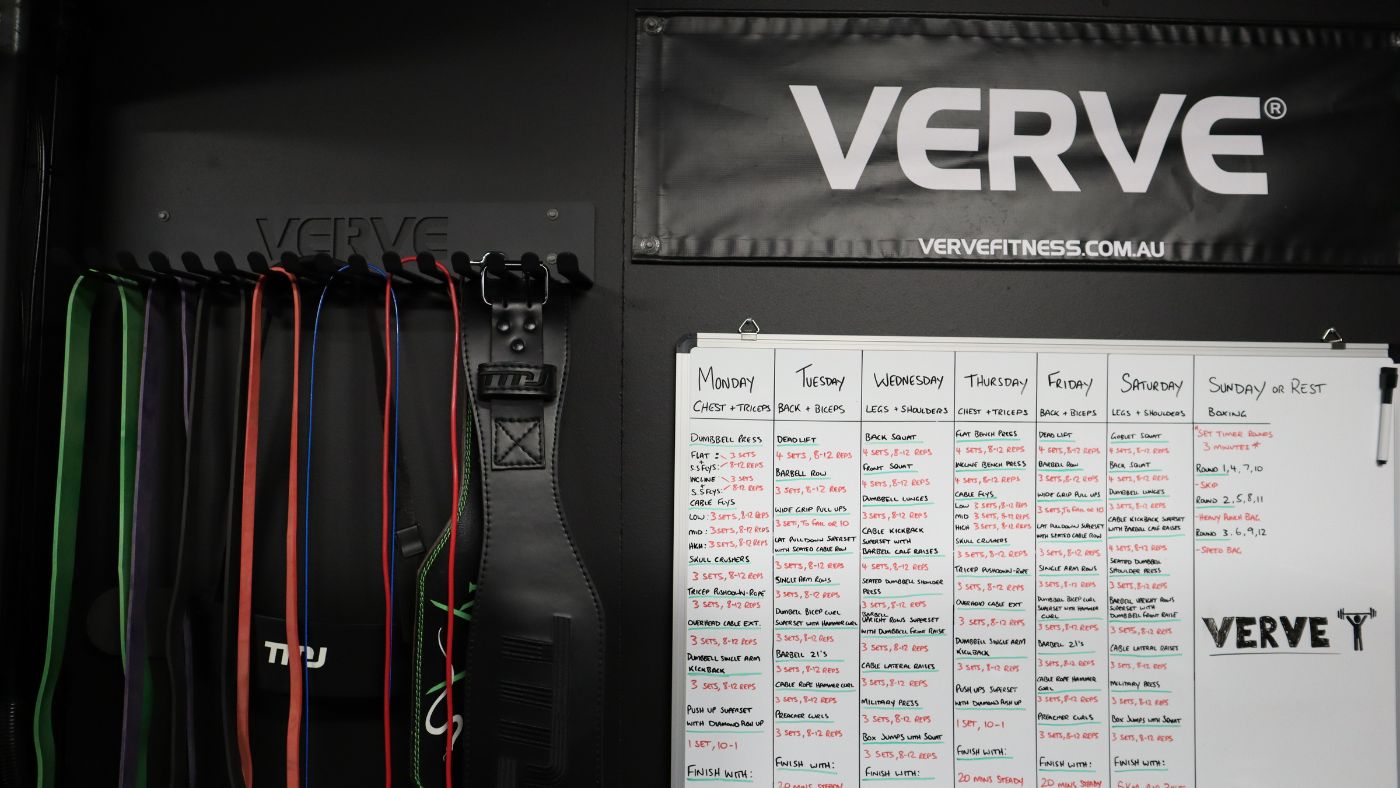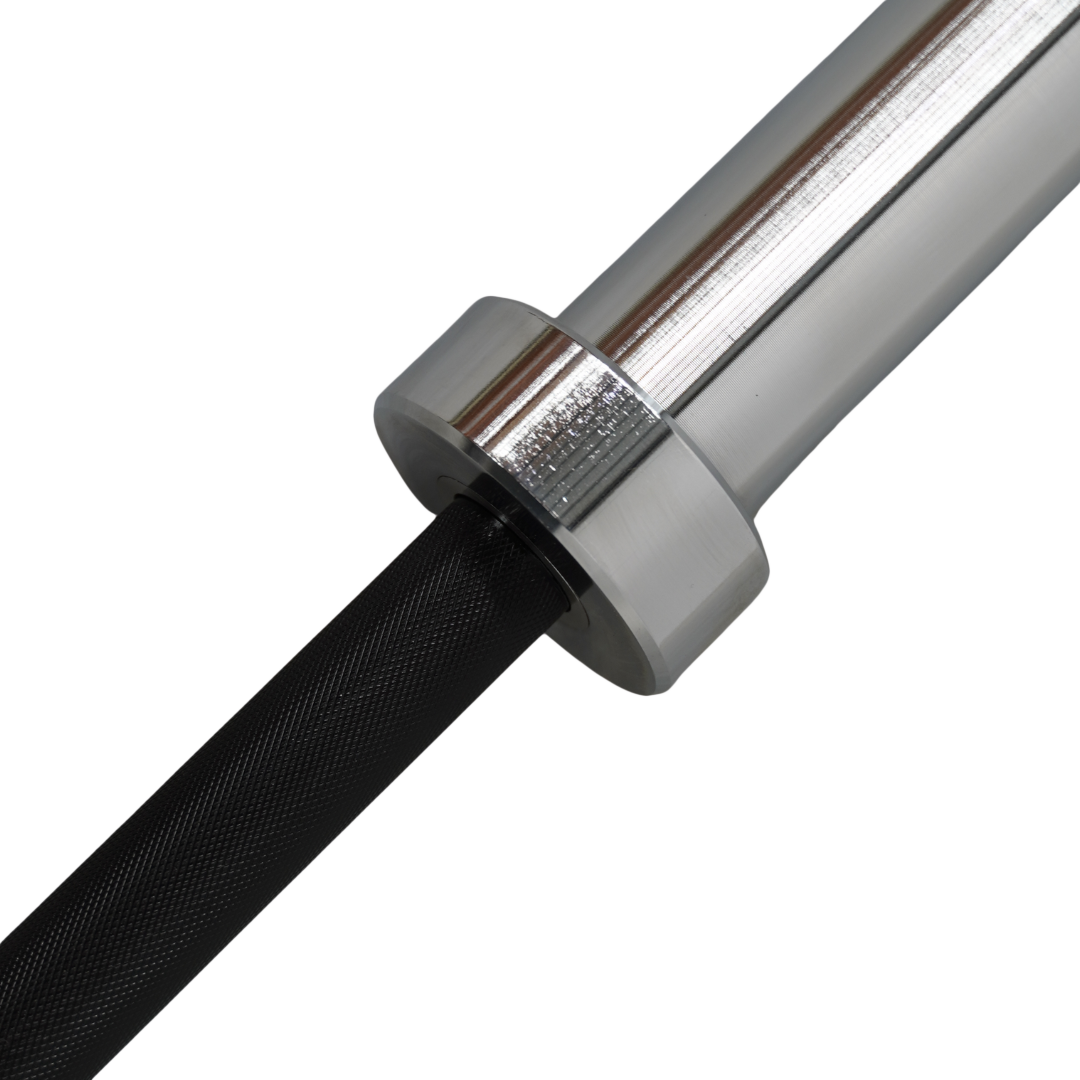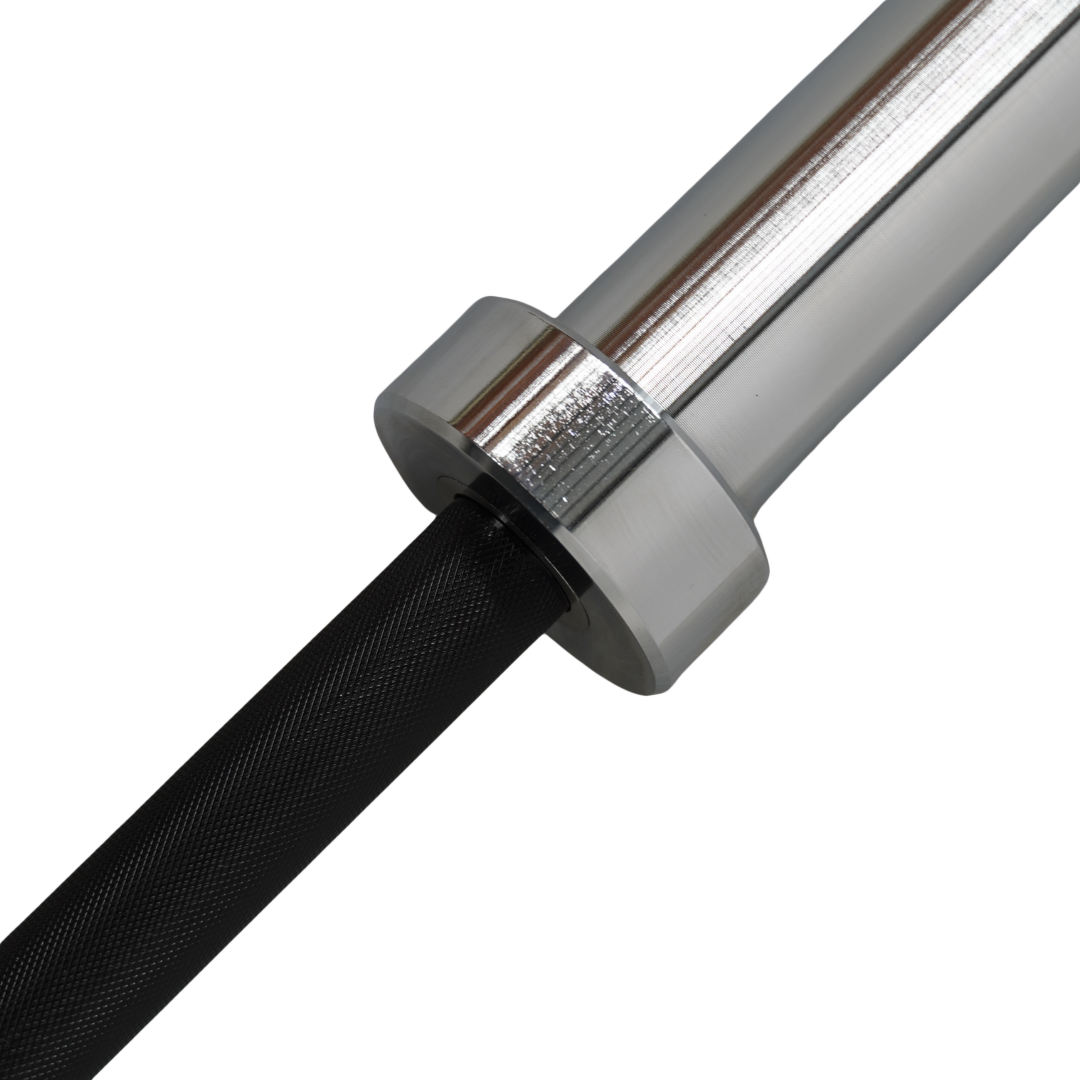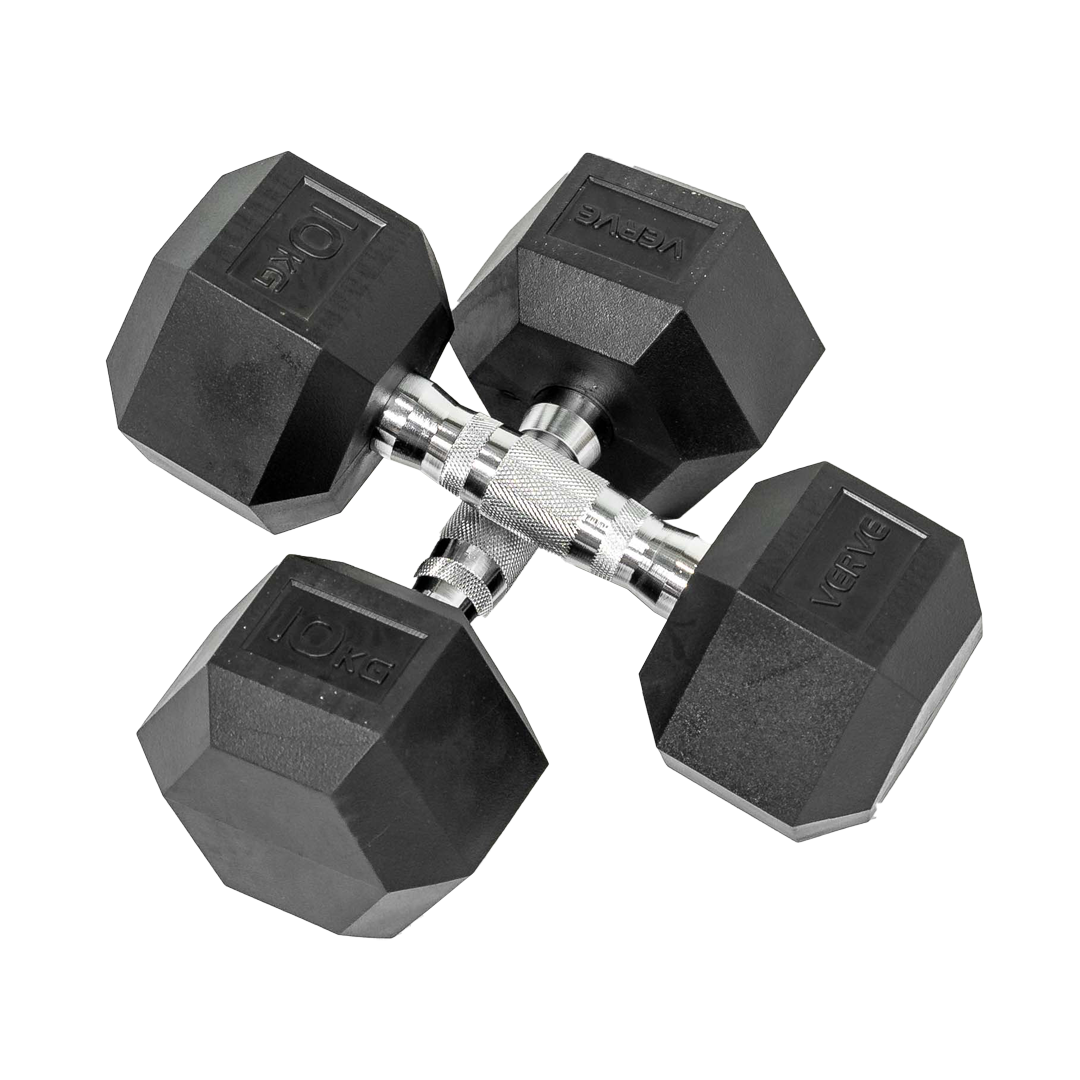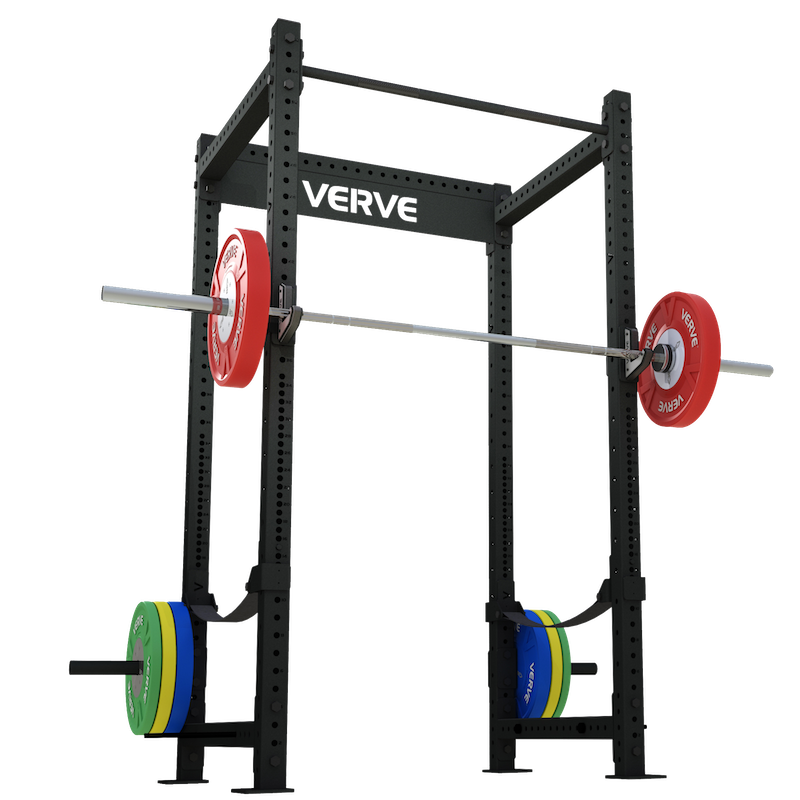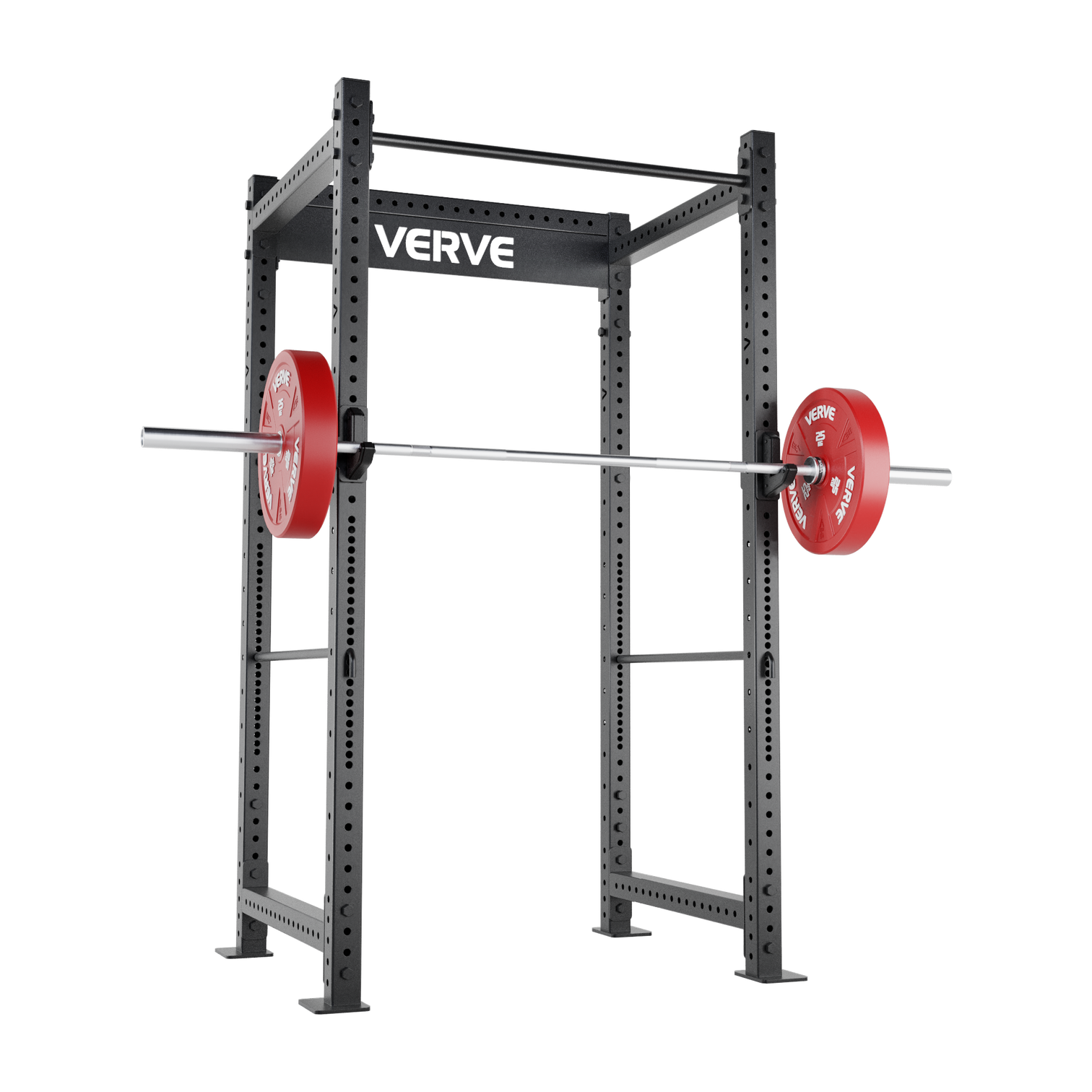Now that I have a home gym, how do I program my workouts? How do I get with the gym programming?
Congratulations! You’ve taken the plunge and set yourself up with the perfect home gym setup. Deciding to invest in yourself will pay back dividends; your health is your wealth, as they say.
If gym programming relatively new for you, it can be a little daunting at first. You may find yourself staring at a bunch of equipment, wondering where to start?
Well, we’ve got you covered.
Here are some of the best exercises to consider adding to your workout program. You’ll need to choose the style of movement that works best for you and your goals, but we will cover compound movements and some isolation movements, giving you an excellent foundation to build on.
Your circumstances are likely to be just as varied as your fitness goals - but the key is to take the first step and get moving. You’ll quickly understand what suits you and what doesn’t - allowing you to evolve your gym programming.
Now that I have a home gym, how do I program my workouts? How do I get with the gym programming?
Congratulations! You’ve taken the plunge and set yourself up with the perfect home gym setup. Deciding to invest in yourself will pay back dividends; your health is your wealth, as they say.
If gym programming relatively new for you, it can be a little daunting at first. You may find yourself staring at a bunch of equipment, wondering where to start?
Well, we’ve got you covered.
Here are some of the best exercises to consider adding to your workout program. You’ll need to choose the style of movement that works best for you and your goals, but we will cover compound movements and some isolation movements, giving you an excellent foundation to build on.
Your circumstances are likely to be just as varied as your fitness goals - but the key is to take the first step and get moving. You’ll quickly understand what suits you and what doesn’t - allowing you to evolve your gym programming.
